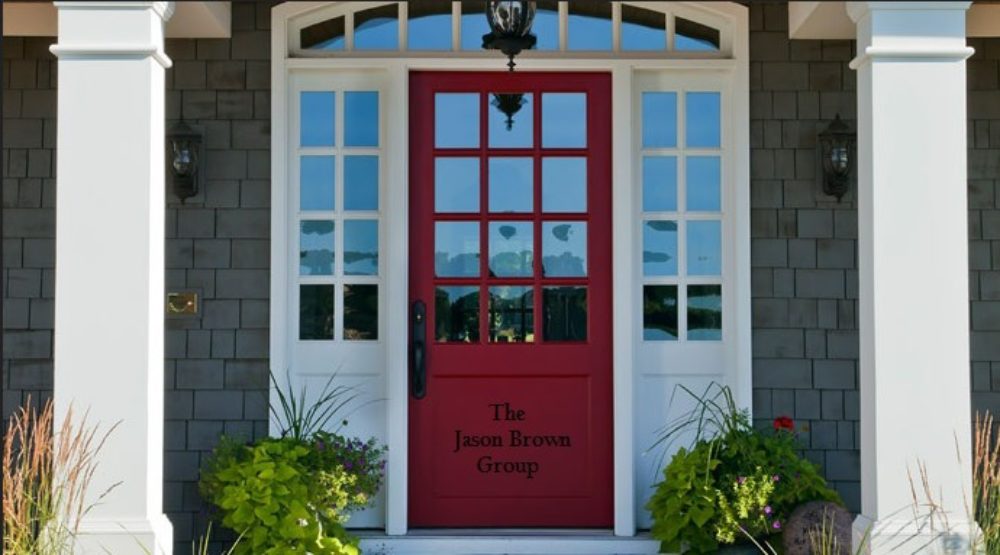Checking The Pulse Of The Kansas City Real Estate Market
The volume of Short Sales continues to rise as under-water homeowners and the lender’s who hold the loans understand the benefits of avoiding foreclosure. In almost all situations, a lender does not want a foreclosure on the books as it causes many direct and indirect problems for a lender. Seller’s don’t want a foreclosure on their credit history and can rebound in most cases to buy a home within a year or two of a successful Short Sale.
A Short Sale means a homeowner selling their home for “short” of what they owe the lender on the home. For this to occur, the seller has to locate a buyer, get the buyer under contract and then submit the contract (along with a detailed short sale package on the homeowner) to the lender… From there the lender begins considering whether they’ll accept the Short Sale — i.e. whether it’s better for the lender to accept the Short Sale or whether the lender will come out ahead by simply foreclosing on the property.
Currently homeowners don’t have to pay federal tax on the unpaid mortgage amount that was forgiven. This unpaid amount (viewed by the IRS as a form of “income”) has received a tax break since the Mortgage Debt Forgiveness Act went into effect several years ago. The potential end of this tax break is part of the reason for the increase in Short Sales. In fact, Short Sales have become so prevalent that they have surpassed the volume of distressed bank-owned REO homes.
For buyers, Short Sale listings are almost always in better condition than bank-owned properties. This is because the homeowners are often in the home up until the closing occurs, making the sale similar to a traditional home sale, in that regards. This means the homes are usually maintained to some degree and is one of the main reasons that Short Sales have been selling on average for about 15% more than bank-owned properties.
Posted by Jason Brown

